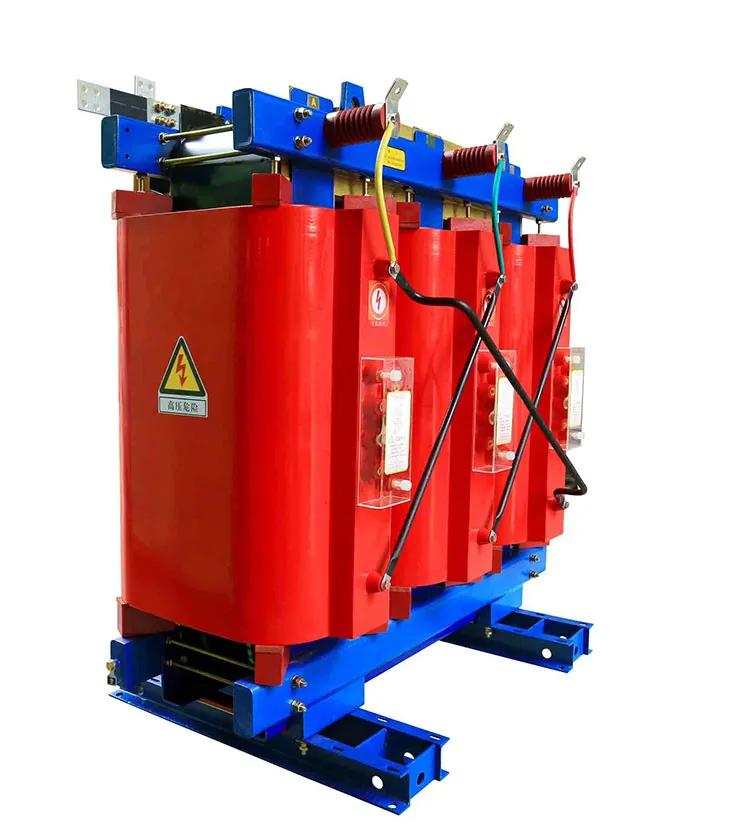- English
- Español
- Português
- русский
- Français
- 日本語
- Deutsch
- tiếng Việt
- Italiano
- Nederlands
- ภาษาไทย
- Polski
- 한국어
- Svenska
- magyar
- Malay
- বাংলা ভাষার
- Dansk
- Suomi
- हिन्दी
- Pilipino
- Türkçe
- Gaeilge
- العربية
- Indonesia
- Norsk
- تمل
- český
- ελληνικά
- український
- Javanese
- فارسی
- தமிழ்
- తెలుగు
- नेपाली
- Burmese
- български
- ລາວ
- Latine
- Қазақша
- Euskal
- Azərbaycan
- Slovenský jazyk
- Македонски
- Lietuvos
- Eesti Keel
- Română
- Slovenski
- मराठी
- Srpski језик
What is the resistor impedance of a dry-type transformer?
2024-10-18
Dry-type transformer is a kind of high-power electrical appliance, and dry-type transformer is also a complicated high-power electrical appliance, and the power circuit is also relatively complex. It has important performance indicators and uses of voltage and current as well as resistors. There are many types of resistors in dry-type transformers, which generally have resistor characteristic impedance. is the common expression form of resistor, so do you know what the resistor impedance of dry-type transformer is?

Definition To put it bluntly, short-circuit impedance is a resistor produced by an electrical short-circuit, such as a vortex.
(1) The short-circuit impedance of a dry-type transformer refers to the equivalent circuit series characteristic impedance Zk=Rk+jXk between a pair of windings and between the terminals of a certain winding at the rated operating frequency and reference temperature. Because its value needs to be determined through load experiments in addition to measurement, it is customarily called short-circuit fault voltage or characteristic impedance voltage.
(2) Short-circuit impedance is a very important item in the performance parameters of dry-type transformers. The error between the actual measured value and the standard value when leaving the factory is strictly regulated.
The harm of short-circuit impedance size of dry-type transformer to the operation of dry-type transformer
The short-circuit impedance of a dry-type transformer is also called the characteristic impedance voltage. In the field of dry-type transformers, it is defined as follows: when the secondary winding of the dry-type transformer is short-circuited (stabilized), the voltage increased by the rated voltage of the primary winding is called the characteristic impedance. Impedance operating voltage Uz. Usually Uz is expressed as a percentage of the rated current, that is, uz=(Uz/U1n)*100%
When the dry-type transformer is fully loaded, the amount of short-circuit impedance has a certain impact on the level of the secondary side output voltage. Small short-circuit impedance results in small current, but large short-circuit impedance results in large voltage drop. When a short-circuit fault occurs in the dry-type transformer load, the short-circuit impedance is small, the short-circuit capacity is large, and the dry-type transformer bears large electric driving force. The short-circuit impedance is large, the short-circuit capacity is small, and the electrical driving force assumed by the dry-type transformer is small.




